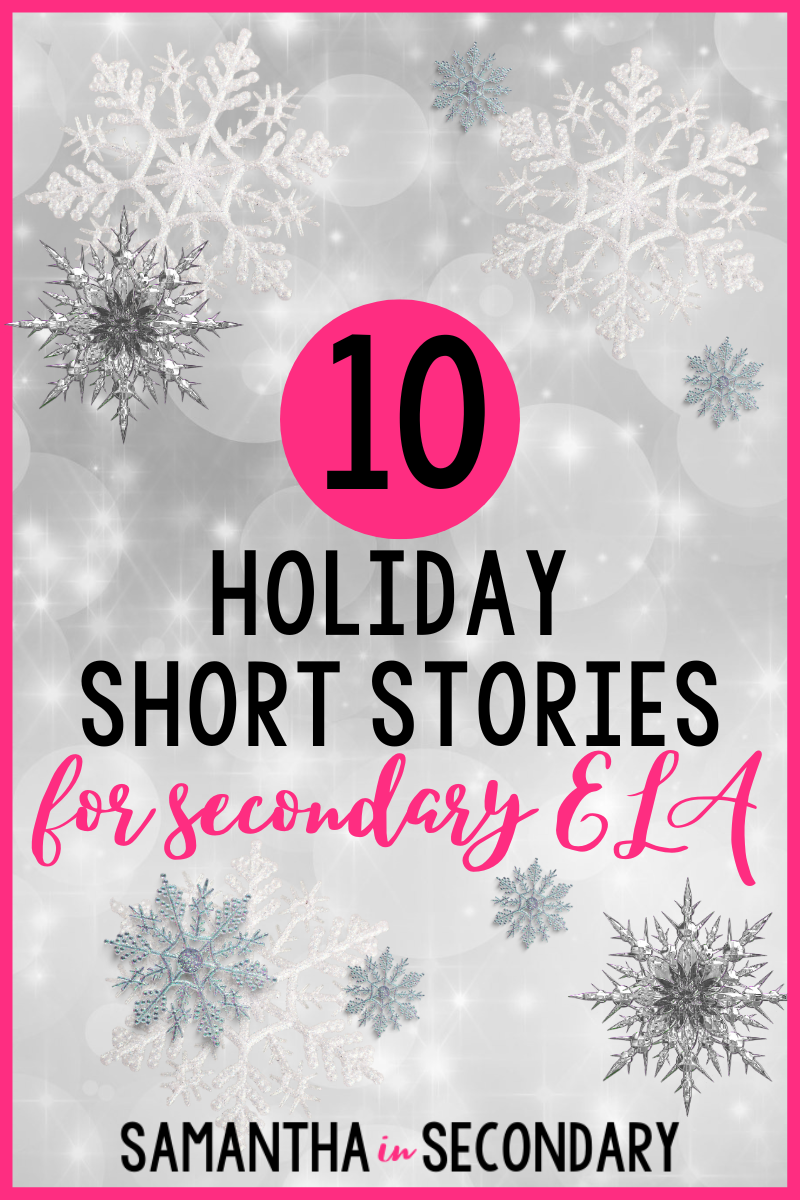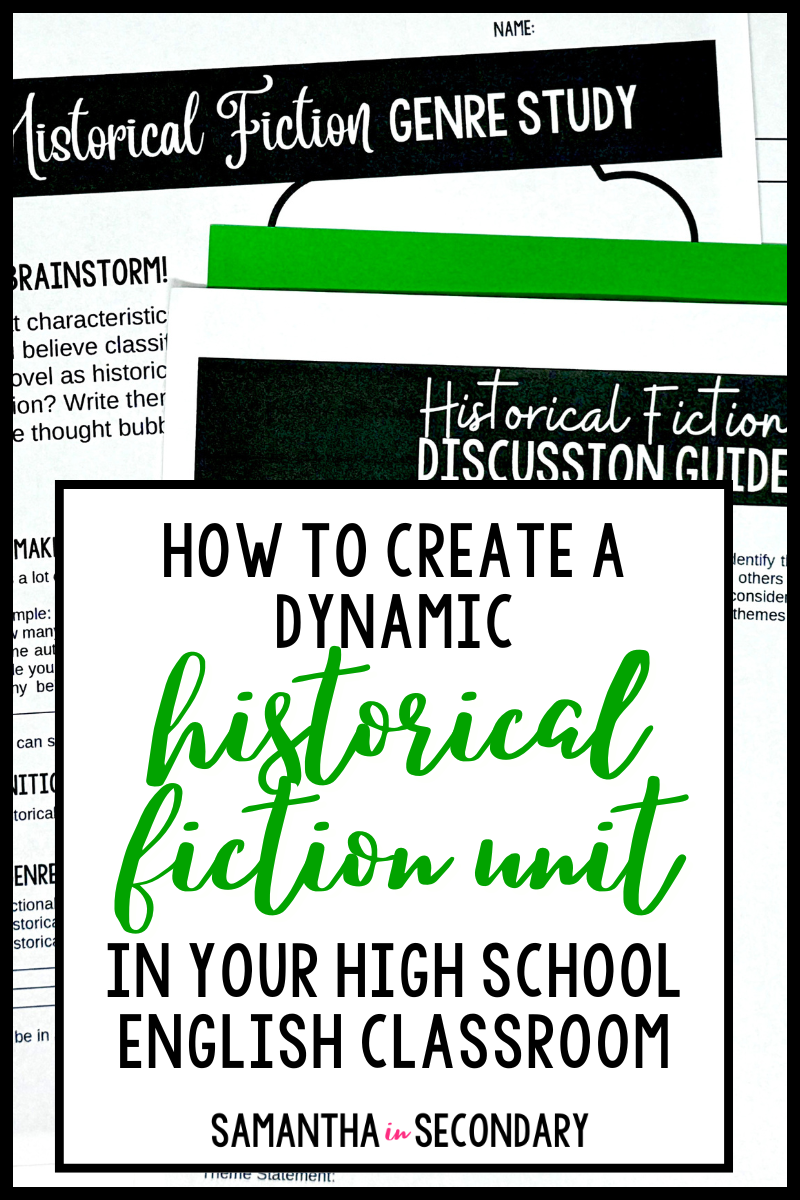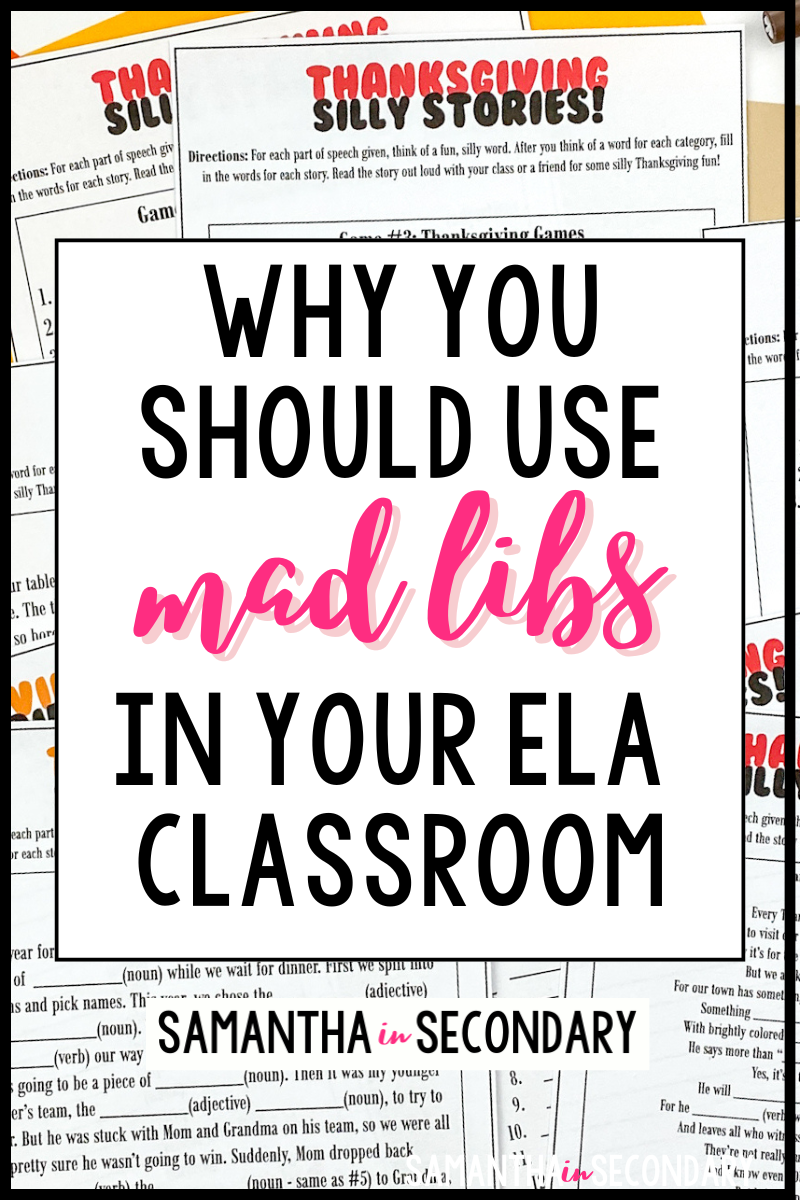Mystery remains one of the strongest selling genres in book sales today, so introducing your students to this genre through literature circles is an easy way to add some meaningful learning opportunities into your classroom and help to create lifelong readers.
Adding a genre-based choice reading unit to your ELA classroom increases engagement and gives students a chance to explore this popular literary style. Through literature circles, students can engage in active reading and discussion around topics such as cause and effect, summaries, plot development, characterization, suspense, problem solving strategies, and so much more. The mystery genre provides a perfect springboard to dissect plenty of related literary topics.
In this blog post, I’m going to walk you through exactly how to create an effective structure for your own mystery choice reading unit, as well as plenty of activity ideas to incorporate for a fun and rigorous literature circle experience.

#1: Introduce the Mystery Genre
The first order of business when creating your mystery unit is to introduce the genre. Students may have a working knowledge of what mystery is, but it’s good to dig into the nitty-gritty details. Teach them the essentials of a mystery as well as the common subgenres. I love to pull snippets or even a novel synopsis or two and have students match the subgenre to the description.
If you want a done-for-you introduction to the mystery unit, click here to grab mine. It includes the above described activity ready to print and go.
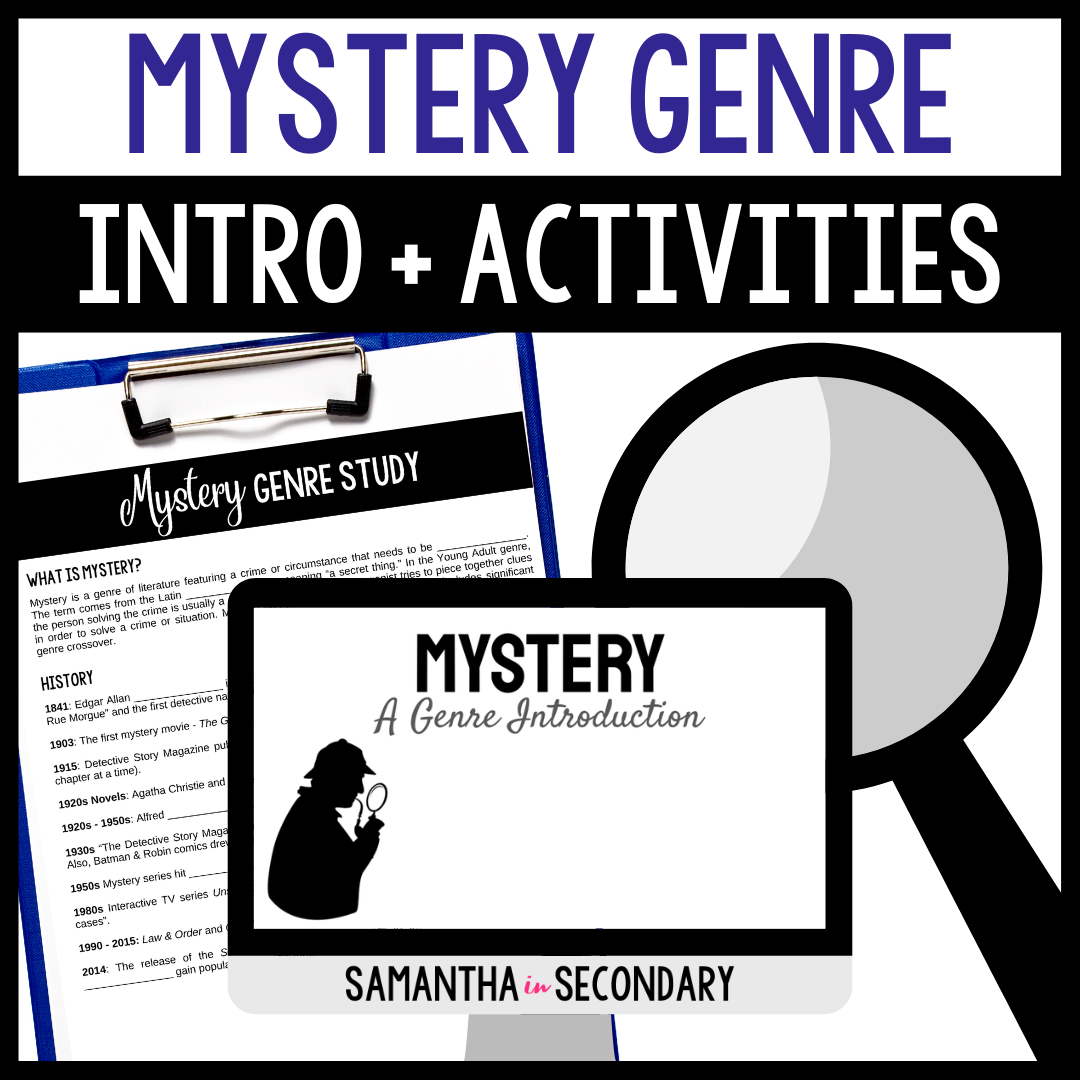
#2: Incorporate a Related Literary Element
When I run a genre-based literature circle, I always include a related literary element to focus on during the lessons. That doesn’t mean that we don’t discuss any other literary elements, it just means that one particular literary element tends to be more of a focus for this genre. In mystery, it’s all about plot.
Make sure your students know the essentials of how a plot works. I like to complete a plot mini-lesson before really diving into the work so students can get a refresher on the details of the element. You can grab mine here.
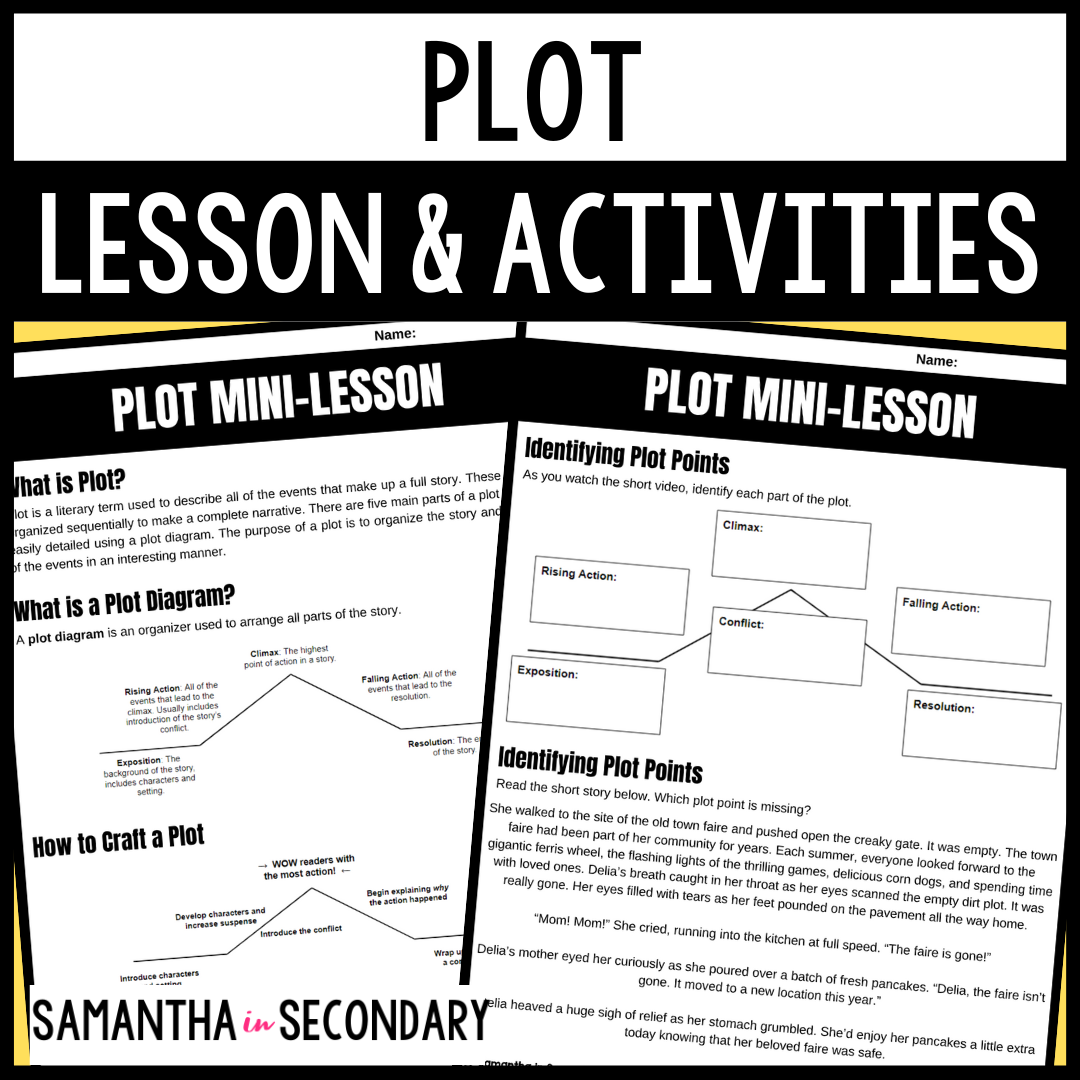
#3: Time to Choose Books!
There are a lot of different ways you can help students choose books for a choice reading unit. I have a lot of ideas here you can check out, but my favorite is a mystery book tasting. Click here to see exactly how I run one.
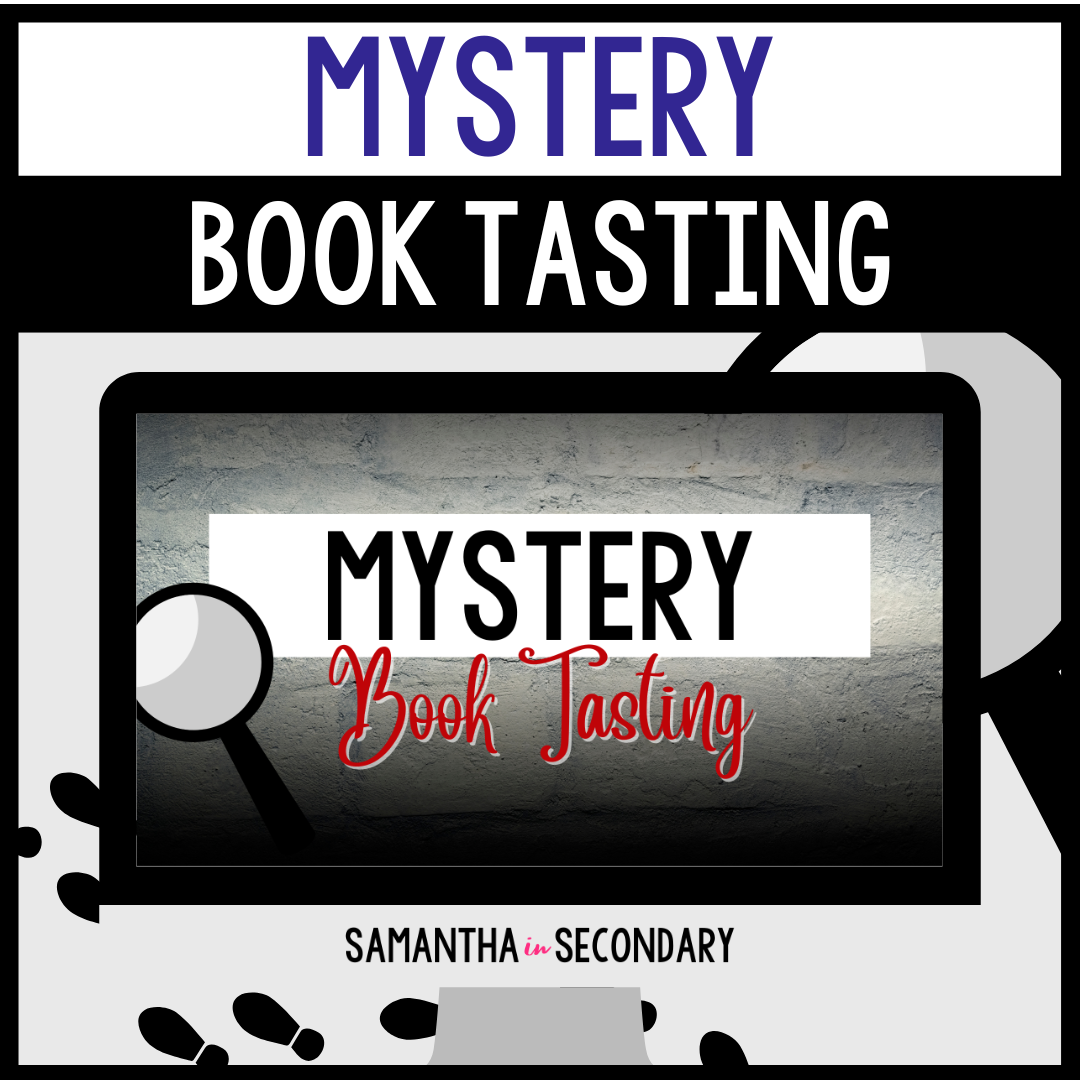
#4: Dig In to the Genre
Give your students genre-specific questions to consider when reading their books. I like to create a literature circle guide for each of my genre studies that includes questions such as:
- What element of plot do you believe had the biggest impact on the story overall?
- Which elements of mystery were present in your novel?
- Which subgenre of mystery does your novel fall under?
Have your students create their own questions as well. This way, when you come together as a class (or in small groups) to discuss the reading, students are bringing their own material, too.
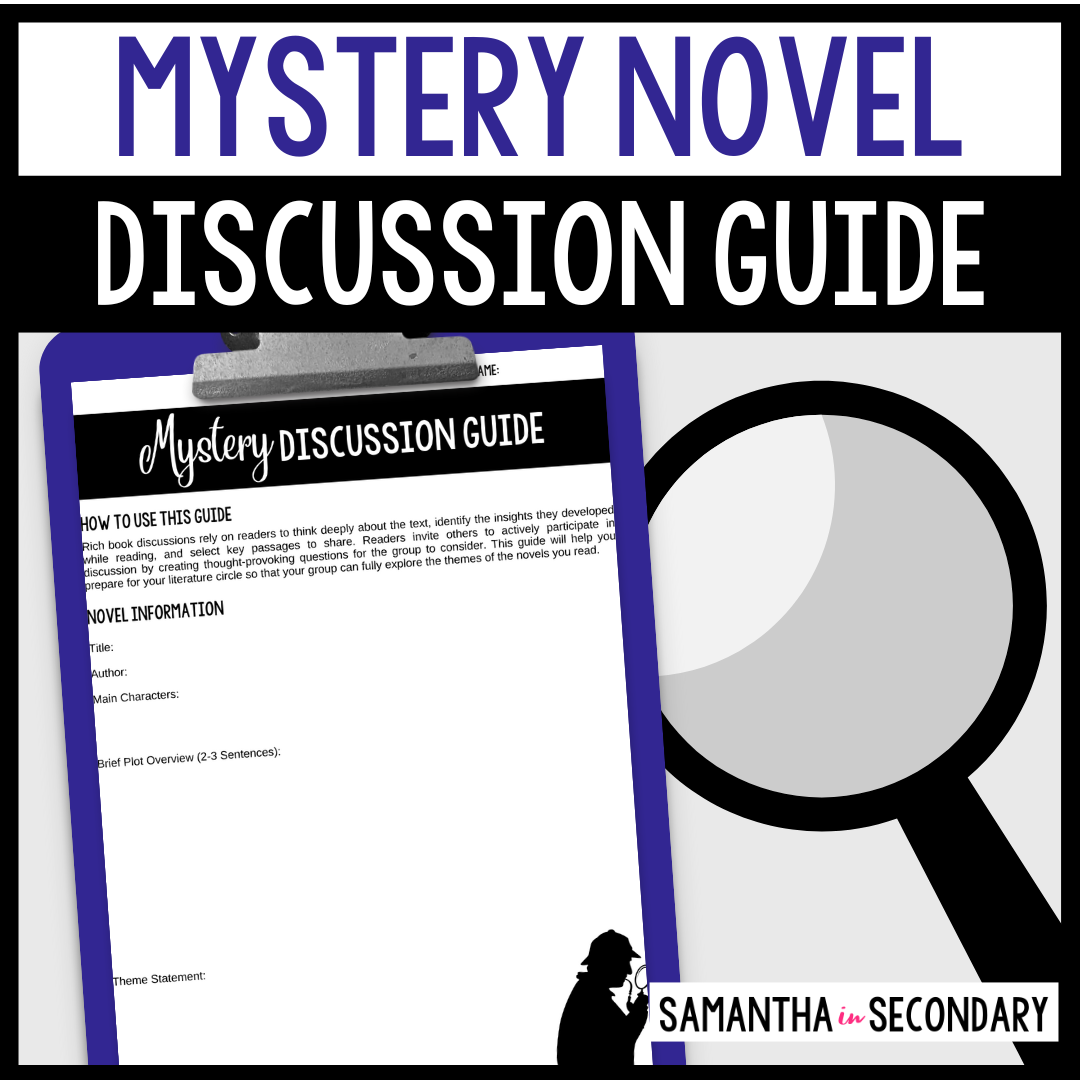
#5: Create a Mystery-Themed Project
I love having my students create a mystery-themed project for their choice novels. This allows students to cite key points from the novel such as suspects, the crime, evidence, etc.
My favorite way to do this is with a case file project. Have students create a case file for the crime in their choice novels and cite specific evidence. Engaging in this kind of thought work allows you to see who really grasped the inner-workings of their reading.
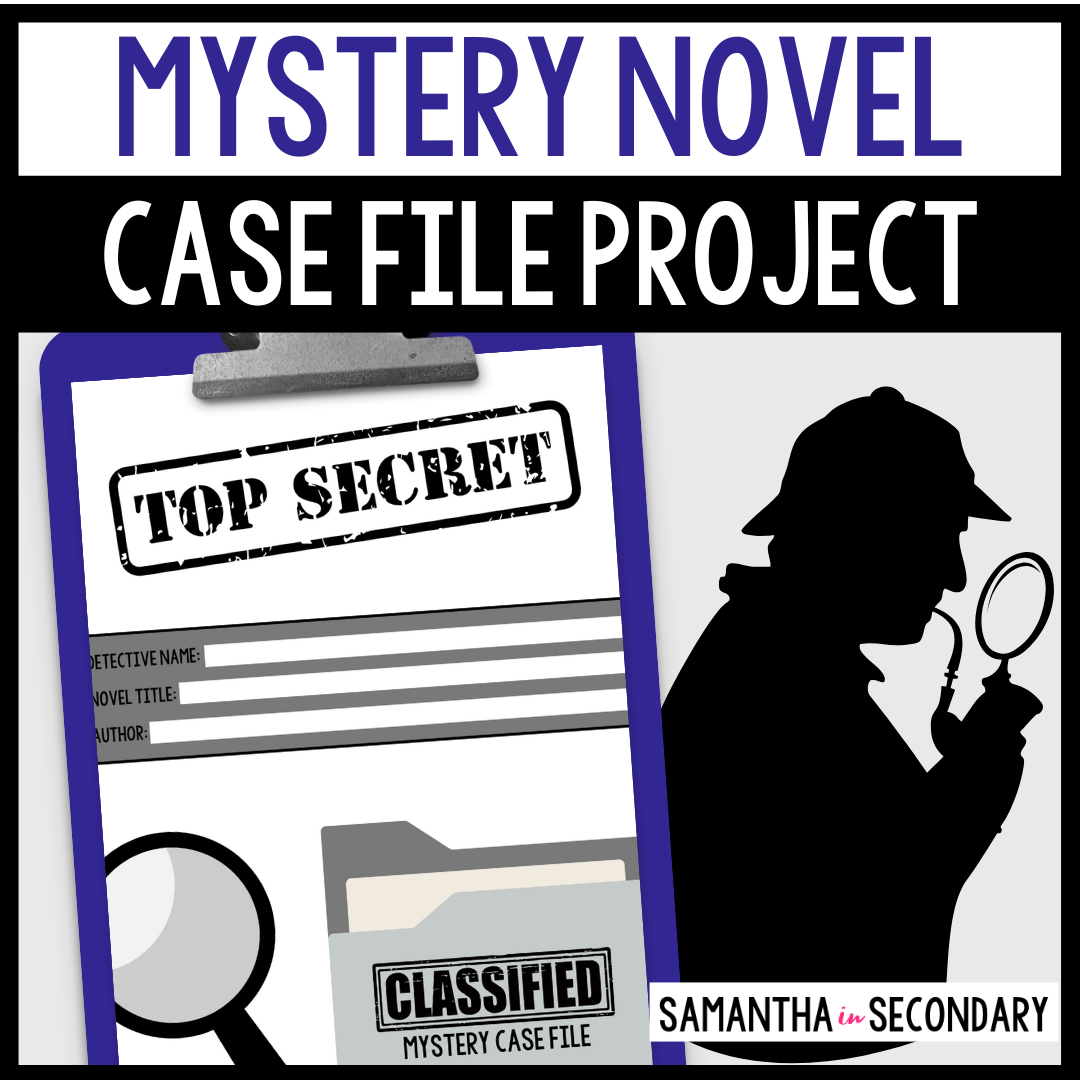
#6: Reflect on the Literature Circles
Have students take some time to reflect on their experience with the choice reading unit. Your students can complete a self-evaluation in the categories of preparation, speaking, listening, and discussion norms. This can help them reflect on what they did well and what they can do better during future units.
Grab My Done-For-You Unit!
Want to run your own mystery genre-based literature circles, but don’t have time to plan? I’ve got you covered! My unit comes with everything you need to implement this incredibly engaging choice reading unit tomorrow. Click here to check it out!
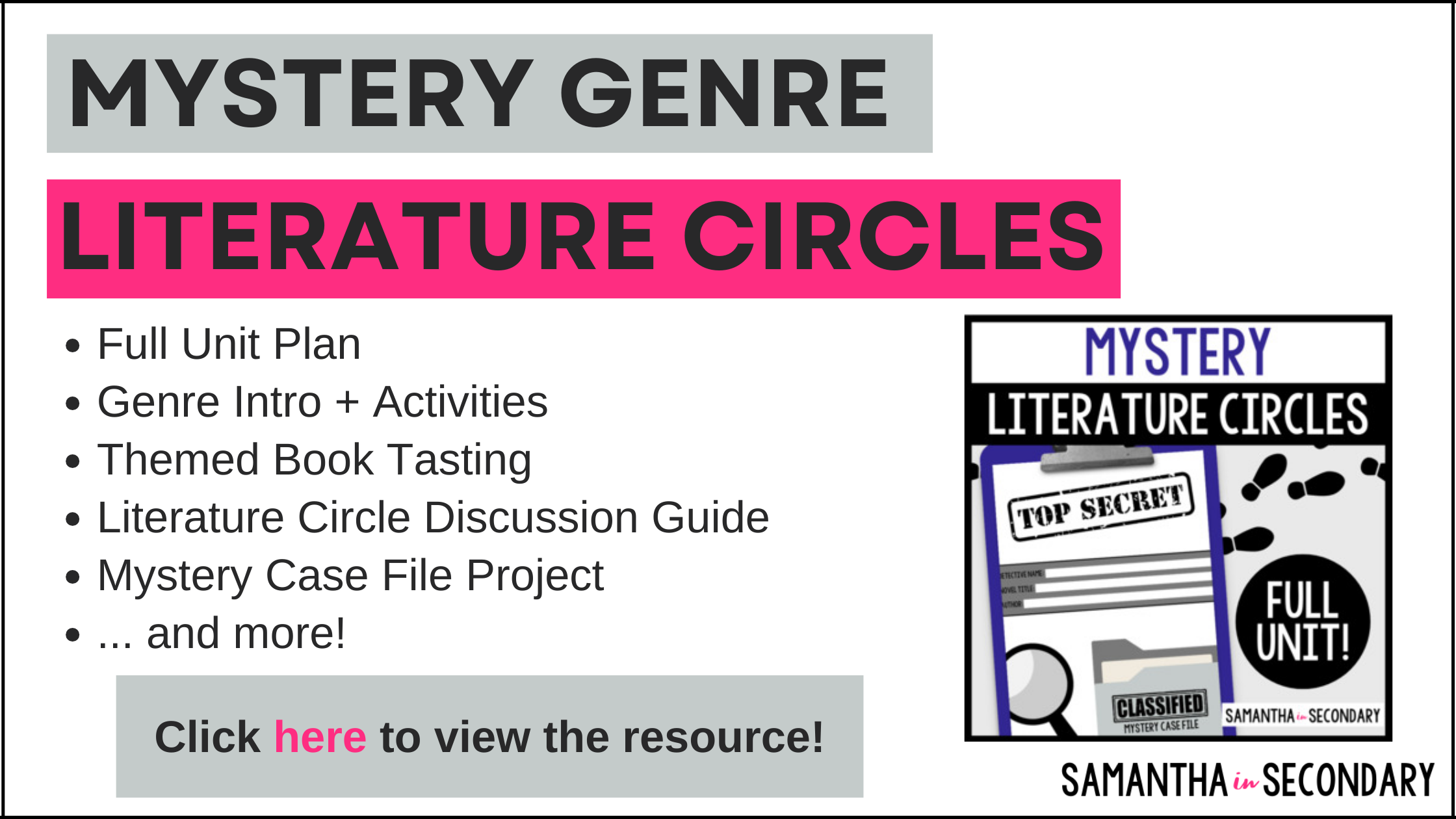
The mystery genre provides your class with an engaging way to explore literature and hone their analysis and comprehension skills. With the right planning and activities for each part of the unit, your students will be deeply immersed in this captivating genre. Mystery-based literature circles are one awesome way to help them delve into the text and unearth its secrets. So, go ahead, bring out Sherlock Holmes – he’s waiting for you and your students! Why not make literature even more interesting by starting a mystery-theme literature circles in your own classroom today?
Happy teaching!








